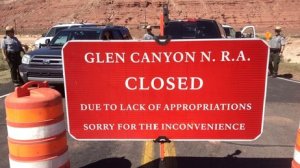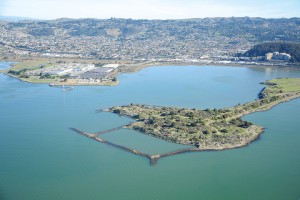On October 25 and 26, the Arts Research Center at UC Berkeley and the California College of the Arts partnered once again to host a live-streaming of the Creative Time Summit, an annual conference in New York that brings together cultural producers--including artists, critics, writers, and curators--to discuss how their work engages pressing issues affecting our world. To jump-start the conversation in advance of the event, attendees were asked to submit a paragraph that touches upon the topics relevant to the summit's theme: Art, Place & Dislocation in the 21st Century City. This posting is by Margaret Crawford, Professor of Architecture at UC Berkeley.
Two words that I hate: placemaking and vibrant. Yet I constantly hear these buzzwords in urban planning and design, public art and arts funding, often paired, implying that the first invariably leads to the second. Although I would be happy to blame Richard Florida’s “Creative Class” thesis (see my previous ARC keyword) for popularizing them, this definition of “successful” urban spaces has a much longer history. Both words can be traced back to the 1960s, a key moment in American urbanism, when a new set of values appeared that inverted the dominant view of cities. In 1961 Jane Jacobs dismissed in a single sentence the entire history of 20th century planning. Instead she celebrated the life of the sidewalk in her Greenwich Village block. A decade later William H. Whyte documented the social life of midtown public plazas and vest-pocket parks. Both aimed their descriptions, defining public space as feel-good, human-centered urban experiences, at white suburbanites, hoping to attract them back to the city. Surprisingly, in Manhattan, where race was a key metric by which white people evaluated urban space, neither mentioned race at all. Both also ignored the radical redefinition of public and private spaces that civil rights activists were demanding at lunch counters, on buses, and with massive marches. Their followers, such as the Project for Public Spaces, codified Jacobs’ and Whyte’s observations into a theory of placemaking that underlies many current efforts to create pleasant and lively experiences for tourists and affluent residents. They define successful public spaces as those untroubled by the tensions and politics of race, class, ethnicity, gender or age.
The latest inheritor of this tradition is Mayor Michael Bloomberg. During his term he closed Broadway to traffic, started a public bike program, installed miles of bike lanes, and sponsored the High Line and other parks. But can placemaking efforts and vibrant public spaces offset other forms of spatial restriction directed at specific publics, such as “Stop and frisk” laws that largely target minority residents? Should placemaking hide the less visible realities of an increasingly gentrified and unequal city where, as the New Yorker recently reported, there are more homeless people than at any time since the 1970s? This is a question that placemaking advocates have yet to answer.
.jpg)




